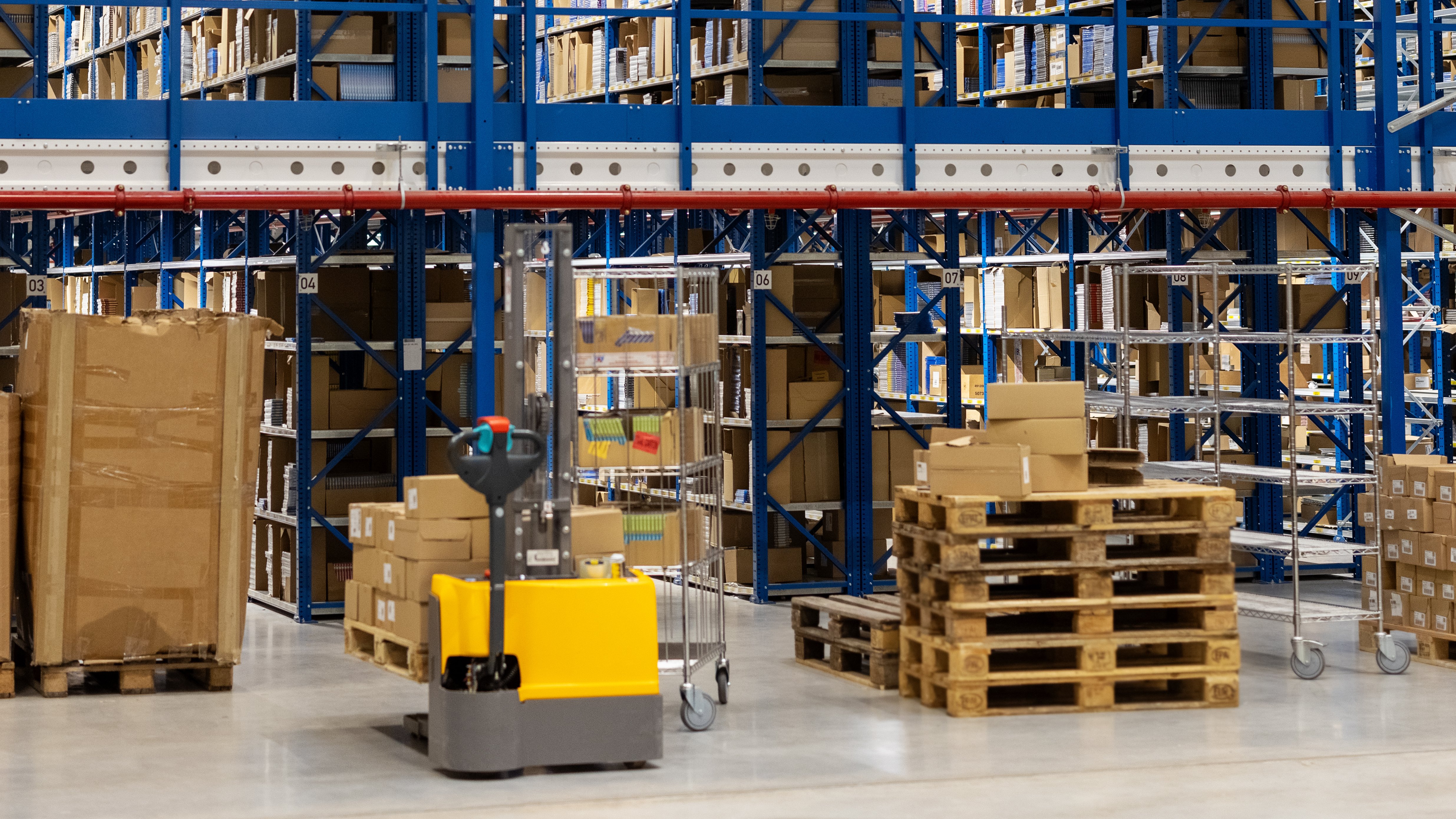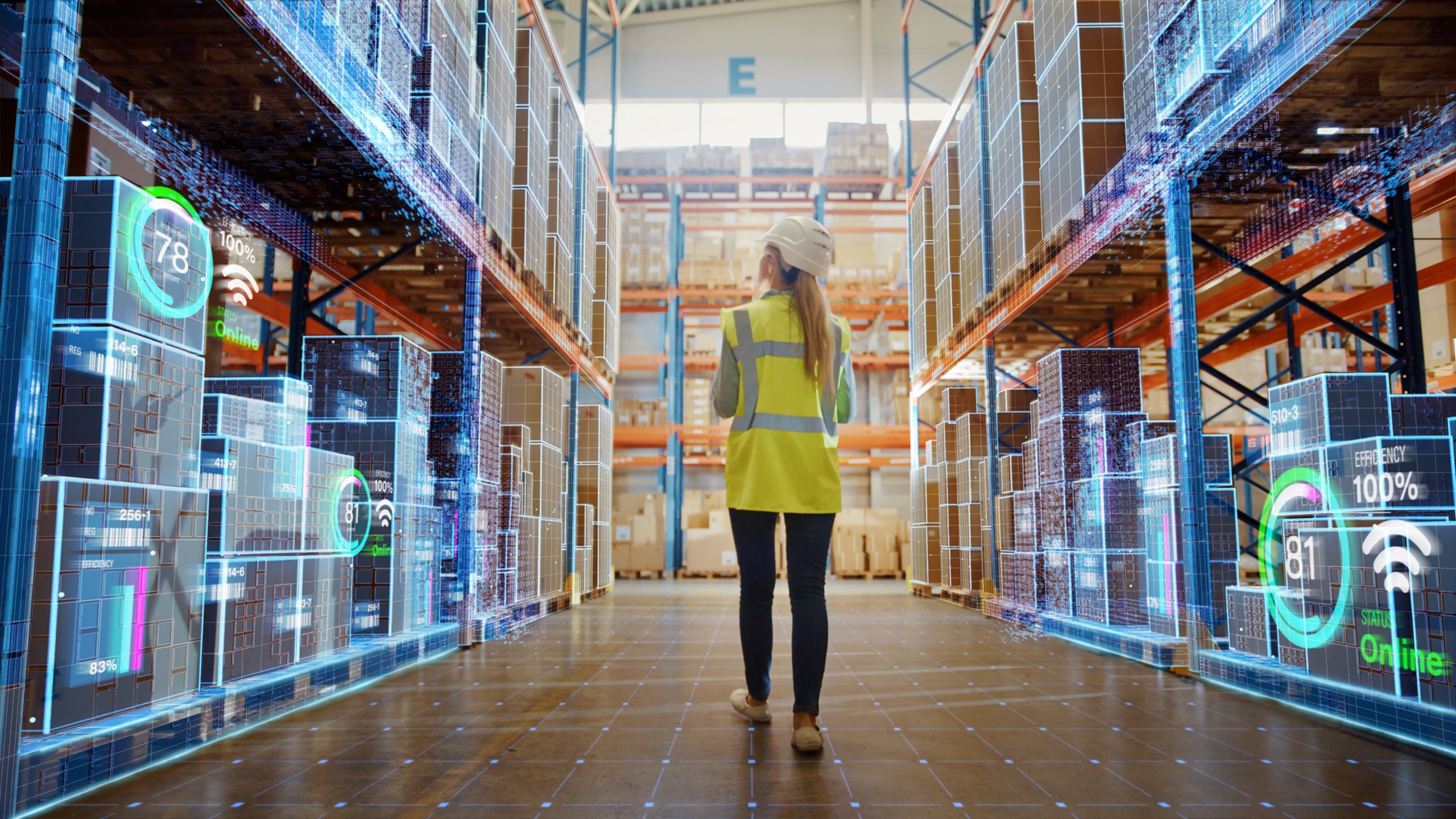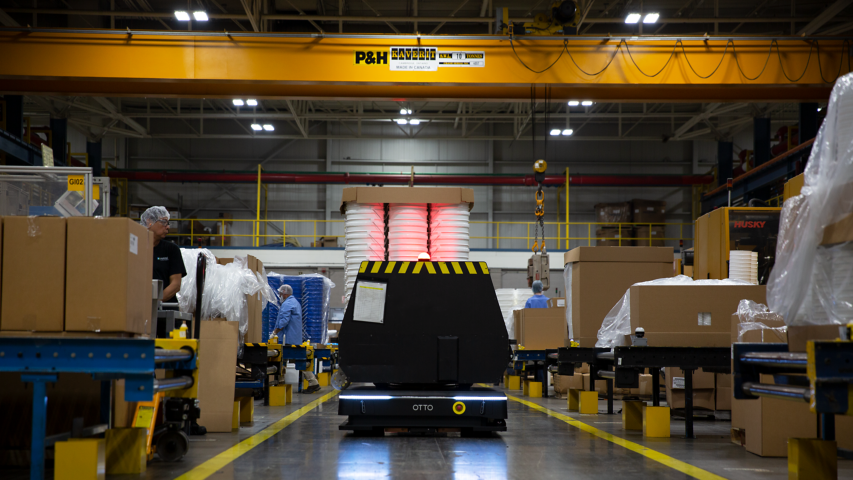The Warehousing Industry Is Evolving
While uncertainty in the warehousing industry isn’t new, current market pressures have made it more complex to navigate than ever before. Unpredictable demand, shifting fulfilment and distribution needs, widespread labor shortages, and shortened project delivery timelines are challenging warehouses across the globe. Warehouses need to adapt now to overcome these challenges. And to ensure long-term success, it’s also important to look beyond the current landscape toward the future. Unlike the purpose-built warehouses of the past, the modern warehouse must be able to adapt not only to today’s challenges, but to tomorrow’s as well.
A “modern warehouse” is intelligent, data-driven and flexible so that it can address known challenges and scale to meet new ones. Automation is at the core of making this modern approach possible. On top of that, there are two key focus areas —the ability to harness data for insights and analytics, and the optimization of material movement—that position a warehouse to effectively meet current and future challenges.
Harnessing Data for Insights and Analytics
Harnessing data is critical to the success of a modern warehouse. Data from operational systems helps warehouse operators better understand processes so they can identify when, where and how to make improvements. But transforming data into valuable insights that drive business outcomes is often easier said than done. With equipment coming from multiple vendors, warehousing data is often fragmented and siloed, making it difficult to translate into a consistent, usable flow of information. Furthermore, data often exists in different non-standardized forms, making it nearly impossible to analyze in aggregate.
Adopting a common data strategy is key to harnessing the power of operational data. A common data model ensures that equipment is using the same “language” (same protocols) and the same “words” (same data labeling) to identify the data. Coupled with the right expertise to create and analyze it, a common data model enables warehouses to maximize use of operational data and gain powerful insights.
With a common data strategy in place and systems connected, you can put your data to work by using advanced analytics to drive improvements. This could look like using digital twin software for performance optimization, implementing warehouse execution systems (WES) for streamlined order fulfilment or adopting AI-enabled predictive maintenance solutions to increase uptime. By pairing analytics with leading technologies such as these, warehouses gain an edge in today’s unpredictable market.
Along with a common data strategy and connected systems, warehouses must also prioritize cybersecurity. As connectivity and automation both increase, so does a warehouse’s cybersecurity risk. In today’s threat landscape, it’s no longer a question of “whether” a cyberattack will occur, but a matter of “when.” As you establish greater connectivity, it’s important to take a proactive and holistic approach to cybersecurity, ensuring vulnerabilities are identified and addressed to mitigate potential risk to your enterprise.
Optimizing Material Movement
A modern warehouse must also be flexible, and this starts with optimizing material movement. By determining the best way to move materials from point A to point B, with the flexibility to change this routing as needed, warehouses reduce bottlenecks and are more capable of adapting to varied fulfillment requests. For some, increasing flexibility may look like automating an entire new warehouse end-to-end. Others may modernize existing infrastructure. Either way, there are two aspects to consider: 1) Enabling flexibility with automation technology, and 2) Leveraging AI and analytics for data-driven optimization.
Enabling flexible, modular material movement with automation technology is key to building the resilience needed to adjust to evolving demand. On a day-to-day basis, warehouses need the ability to adapt to variations in demand. Using systems and equipment designed for flexibility, warehouse operators can dynamically change routing based on daily fluctuations. Warehouses must also be able to make proactive, efficient adjustments to optimize for events like peak season surges. With modular solutions, it’s faster and easier to change layouts and reconfigure conveyance ahead of major demand changes.
However, while it can be tempting to jump straight to acquiring technology, it’s important to step back and consider the big picture outcomes. Once you align on your desired outcomes, you can then determine which automation technologies best drive these outcomes. For example, for warehouses looking to increase picking flexibility and efficiency, Autonomous Mobile Robots (AMRs) may be the answer, with intelligent picking and navigation that eliminates the need for fixed, predetermined routes. For warehouses seeking to increase conveyer flexibility, Independent Cart Technology (ICT) could be the solution, as it enables continuous, facility-wide, dynamic routing with virtually zero idle time. And it’s not just about the automation technology itself— end-to-end system optimization is necessary to ensure a material movement approach fits your specific needs.
A data-driven approach to optimizing material movement is essential to designing a fully flexible, modular warehousing system. Material movement optimization is about determining the best way to move materials from point A to point B. Typically, this involves thinking through the order products should be picked in, and how to optimize for different product mixes and order sizes. But these decisions can be difficult to make without the right data.
By aggregating data from your warehousing operations and filtering it through a common data model, you can glean valuable insights to help you make these decisions. AI and analytics solutions such as digital twin software can help you further optimize your material movement system by modelling supply chains and simulating different design scenarios.
Partner with Rockwell Automation to Build Your Modern Warehouse Strategy
At Rockwell Automation, we’re dedicated to helping our customers meet the needs of today and the future with modern warehouses that are intelligent, flexible and data-driven. We take a data-first view to modernization, supporting our customers along their data journeys with our vast partner ecosystem, solutions, services and consulting expertise. Our experts can help you realize your modern warehouse vision at scale, whether that looks like optimizing preventive maintenance, implementing digital twin emulation software, or enabling full warehouse automation. We enable end-to-end optimization across your enterprise, so that you can be ready, no matter what tomorrow brings.








